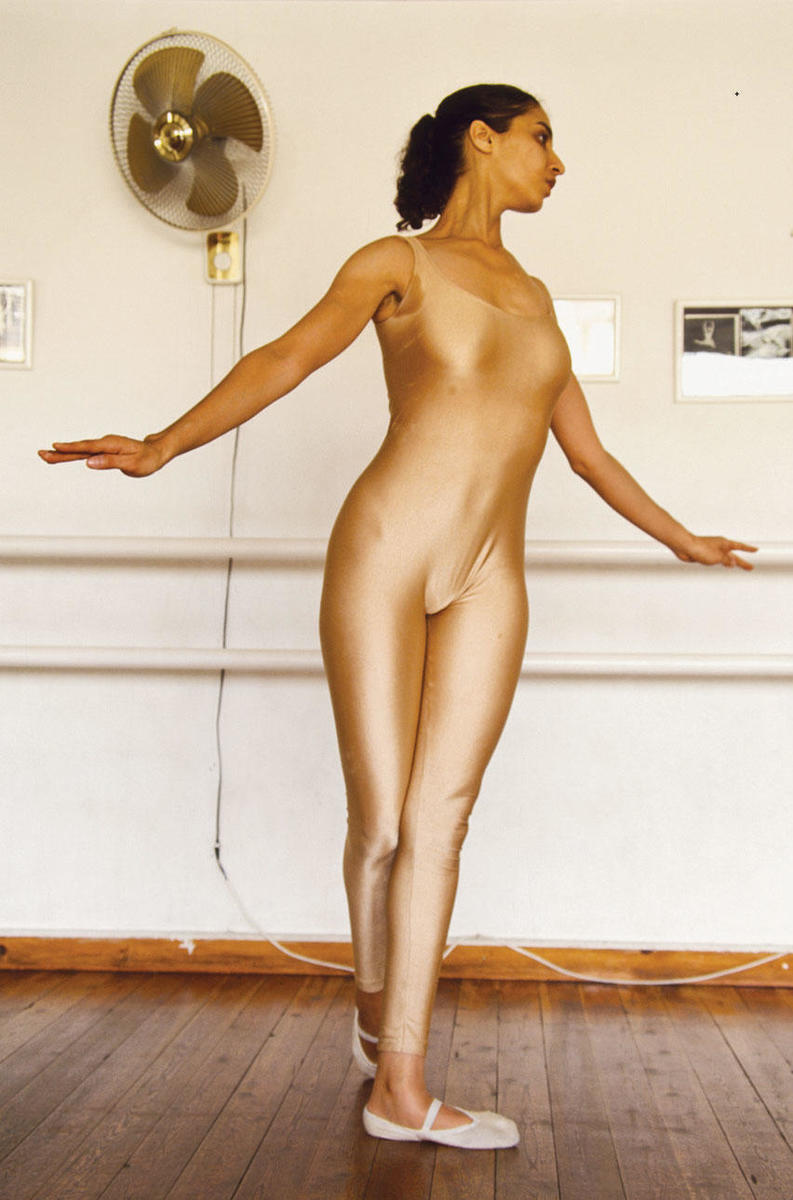
Paris
Doa Aly
48 Ballet Classes
Galerie Kamel Mennour
September 6–29, 2007
In her European solo debut at Galerie Kamel Mennour, Doa Aly presents two works that, each in their own way, broach questions of the body — its exalted, projected, and devastatingly real image. In the video 48 Ballet Classes, the artist, playing herself, takes strenuous ballet classes over the course of three months, taught by a renowned Cairo-based ballet doyenne named Dame Sonia Sarkis. While endearing, the artist’s effort bears the unmistakably awkward markings of the beginner, raising questions as to the space between perfection and the imaginary, the manufactured body and the banality of failure. This work extends Aly’s ruminations from her 2003 work, also featured, Puppet Fashion Show — a video work that subtly juxtaposes the worlds of puppetry and fashion.
Barcelona
Bahman Jalali
Fundació Antoni Tàpies
September 28–December 9, 2007
This fall, Fundació Antoni Tàpies, in a show curated by Catherine David, will host Iranian photographer Bahman Jalali, one of a number of seminal Iranian photographers who came of age covering the grueling Iran-Iraq war. In this exhibition, David presents a selection of his past works — from the revolution, the war, from the city of Tehran, from the Persian Gulf city of Bushehr — and also introduces us to a new series of small-format montages drawing upon Iranian photographic archives. Jalali is something of a legend in Iran, not only as a photographer, but also as a teacher, curator, and an aficionado of the country’s photographic history. With fellow photographer Rana Javadi, he’s on the editorial board of Aksnameh, a bimonthly journal of phtography, and he also co-founded Iran’s first photographic museum.
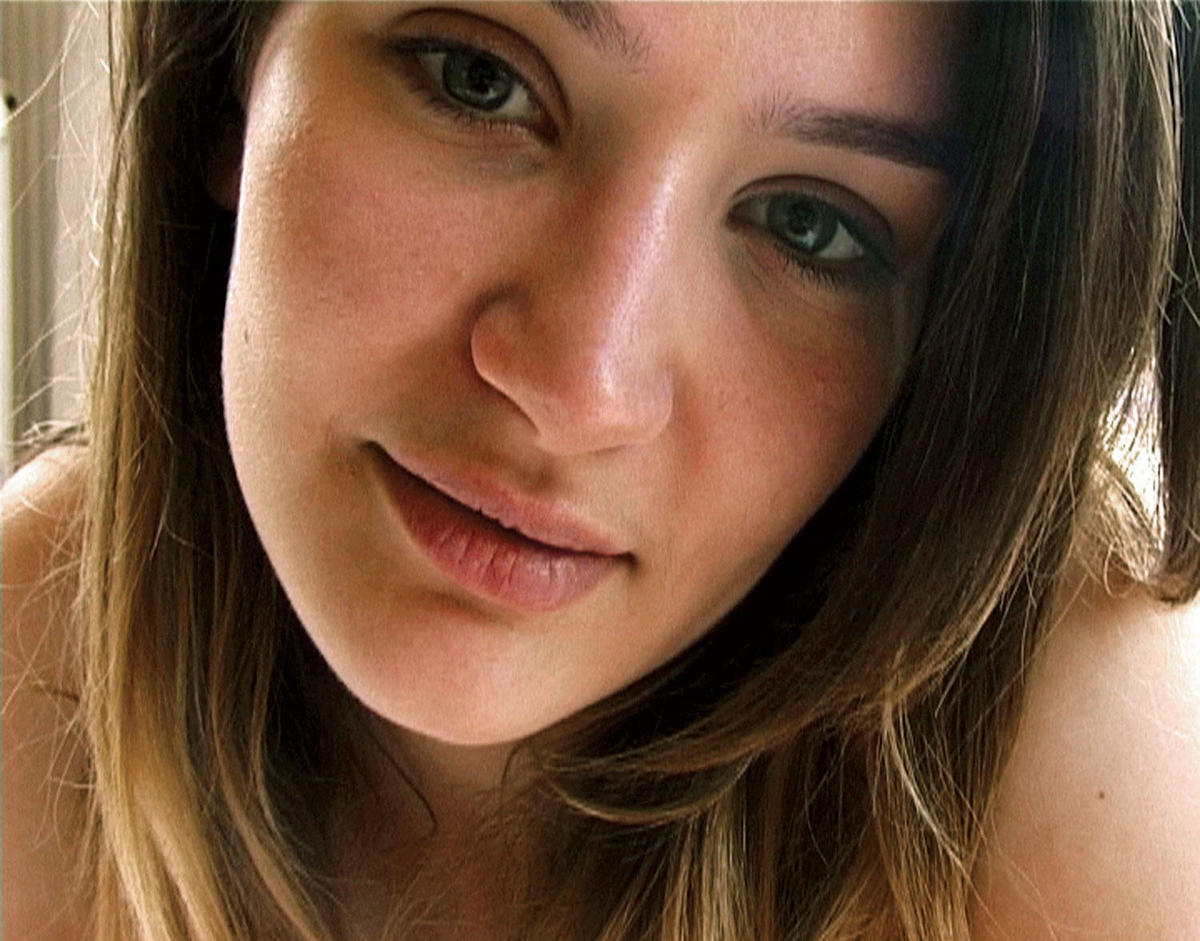
London
imagine art after
Tate Britain
October 5, 2007–January 6, 2008
‘Imagine art after’ began life in 2005 as an online project on the Guardian Unlimited site, pairing artists who’d emigrated to the UK with others who’d stayed in their home countries — in this case, Afghanistan, Albania, Ethiopia, Iran, Iraq, Nigeria, and Serbia. Through the artists’ online dialogues, curator Breda Beban aimed to explore the tensions inherent in migration, and the social and geographical sense of the local.
The project has now morphed into an exhibition at Tate Britain of work by six artists that developed from the dialogues. While most of the commissioned artists have opted to work alone, Albanian duo Denku Hyka (who’s been living in London since 1997) and Violana Murataj (based in Tirana) have collaborated on a video installation and book, both by the name of Finding Grandma’s Garden, that engage with “the archaeology of memory and the social and psychological impact of the movement of people.”
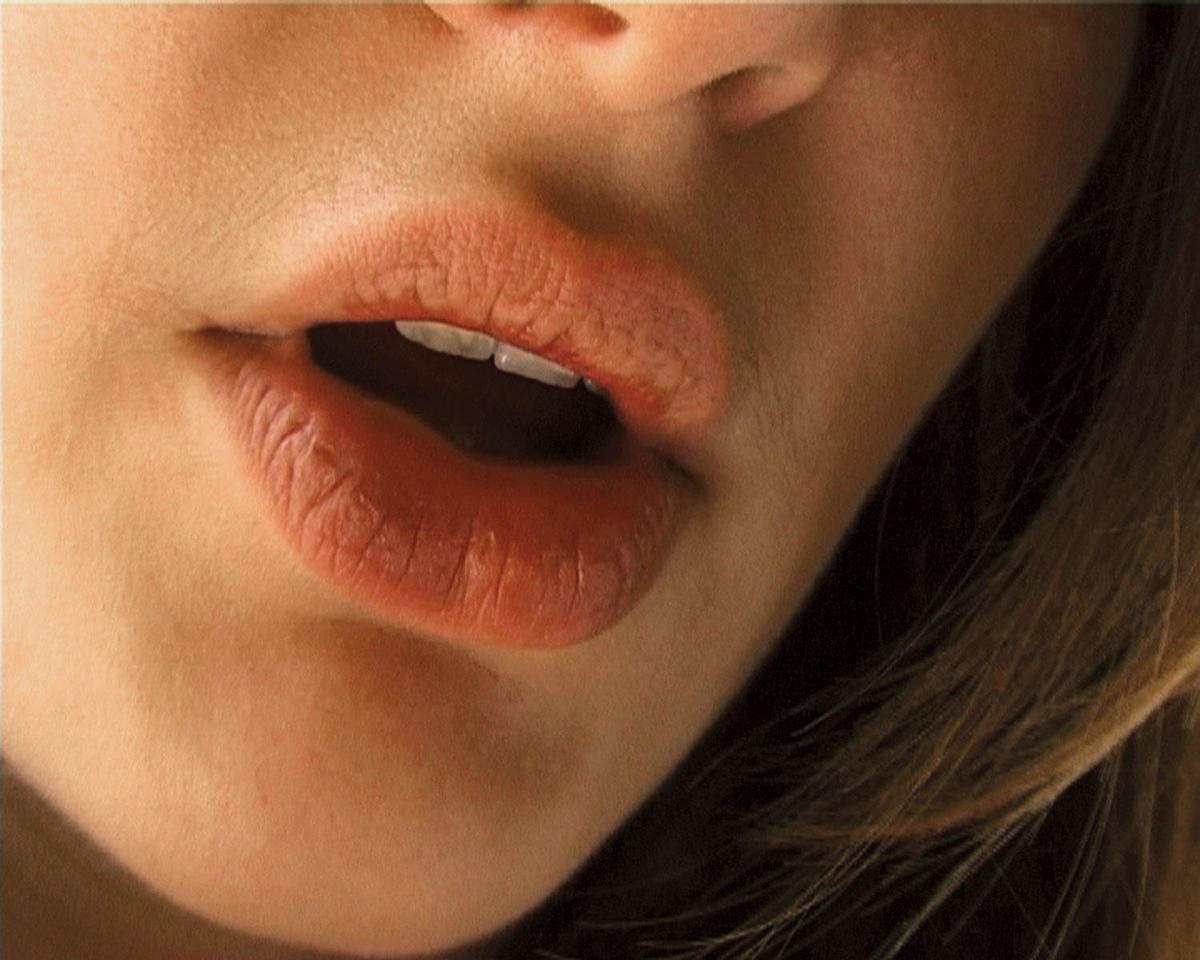
Other work ranges from the intensely personal — such as Estabrak’s Self-portrait with Aunt and Rebecca, a two-screen film about the Iraqi artist’s coming-out — to the more decorative, including Addisalem Bizowork’s series of textand image-based oil paintings of life in Addis Ababa, and Londoner Senayt Samuel’s photographs taken on a trip back to Ethiopia.
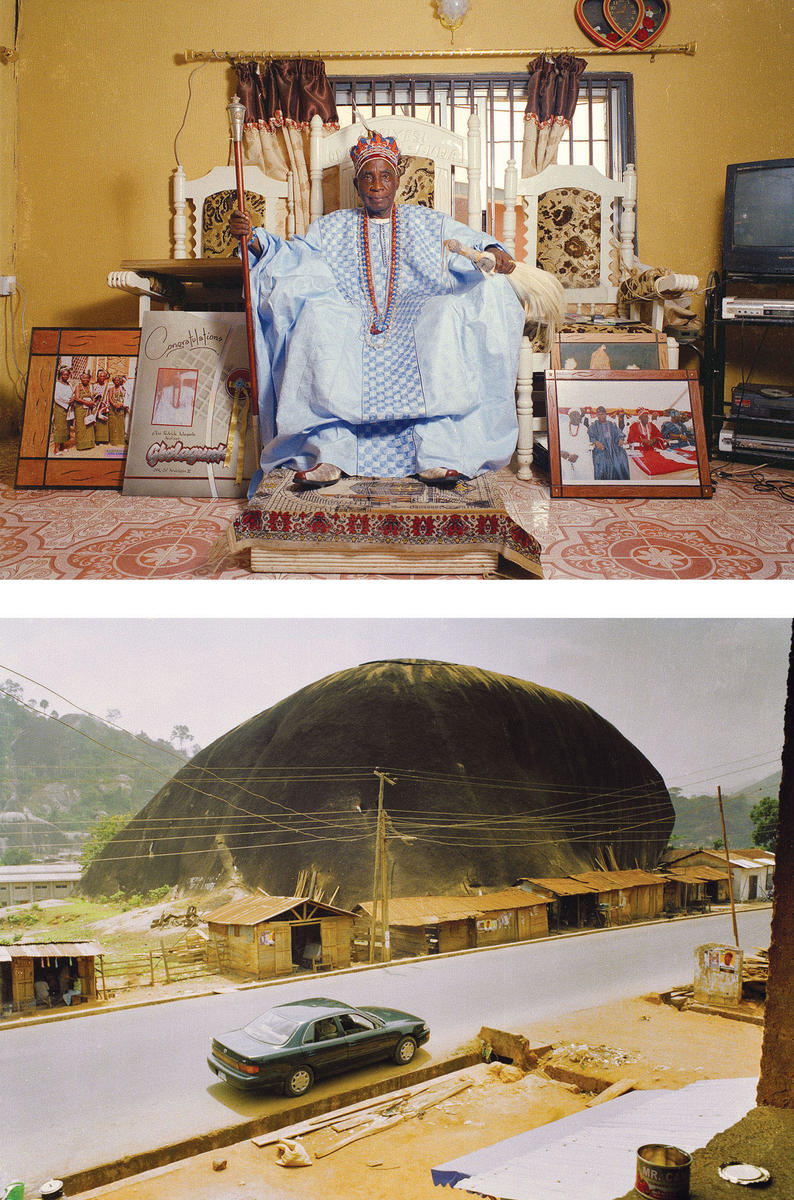
Self-taught photographer Olumuyiwa Osifuye, based in Lagos, Nigeria, may emerge the star of the exhibition. Osifuye’s Kaabiyesi: Courts of Influence is a series of six diptychs that explore the role of traditional (“divine”) rulers within the context of current governmental practices in Yoruban Africa.
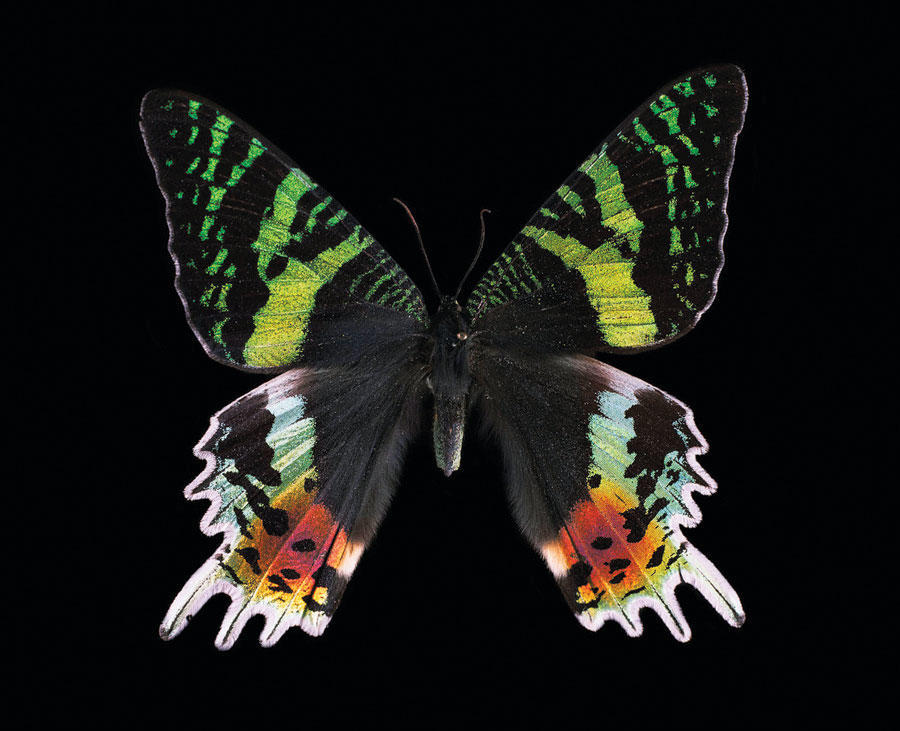
London
Shirana Shahbazi
The Curve
Barbican Art Gallery
October 4, 2007–January 20, 2008
In October, Shirana Shahbazi follows Tomas Saraceno and Richard Wilson, among others, in creating new work for The Curve, the Barbican’s exhibition space that wraps around the back of its concert hall. Working with Tehrani billboard painters, Shahbazi is painting a mural directly onto the eighty-meter-long wall of the gallery. The new work derives from and refers to an accompanying series of about thirty color and black-and-white photographs, displayed in typical salon-style, of portraits of young women, landscapes, and still lifes, in varying scales. The show is accompanied by the launch of a new book on Shahbazi’s work, published by JRP Ringier, with essays by the Barbican’s Kate Bush and Gianni Jetzer of the Swiss Institute, and including an interview with the artist by Cay Sophie Rabinowitz.
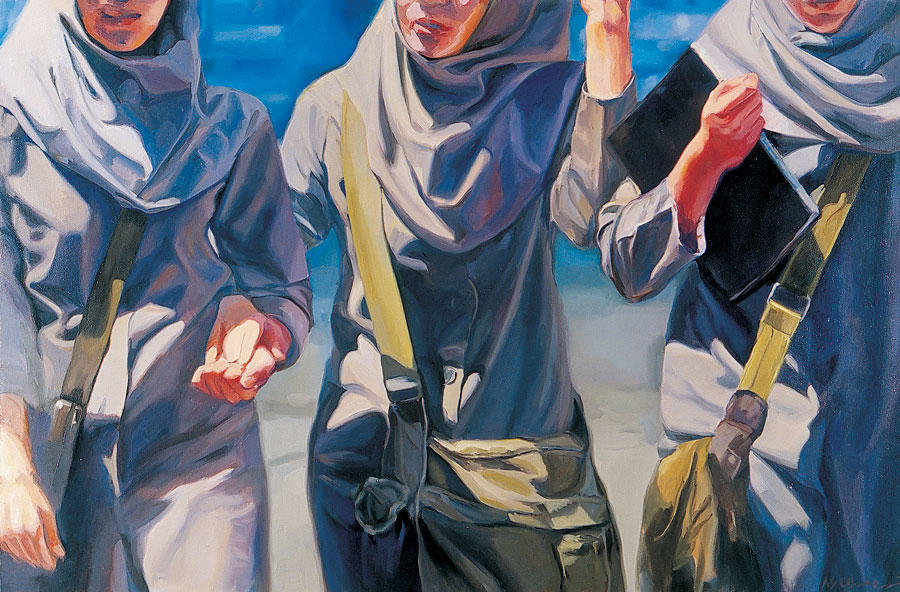
London
Collected Memories: New Trends in Iranian Painting
ArtSpace Galleries
October 9–27, 2007
‘Collected Memories’ brings together more than one hundred paintings by twenty-seven young Iranian painters. Taking a renewed vigor in contemporary Iranian painting as its point of departure, the exhibition celebrates an exciting moment in the arts, one that is both intimately tied to the past and rigorously contemporary — born of a particular time, but not oppressed or limited by that context. Artists within the exhibition range from the increasingly blue-chip to the largely unknown, and include Golnaz Afraz, Maryam Amini, Ali Chitsaz, Ali Ghaemi, Khosrow Hassanzadeh, Reza Lavasani, Alireza Masoumi and Hossein Soltani. With an ambitious UK debut, the show is bound to, at the very least, provide a taste of the diversity of expression coming out of Iran today. ‘Collected Memories’ is a co-production between 12+1 Art Associates in Tehran and the London-based Cultural Consultancy Candlestar Ltd.
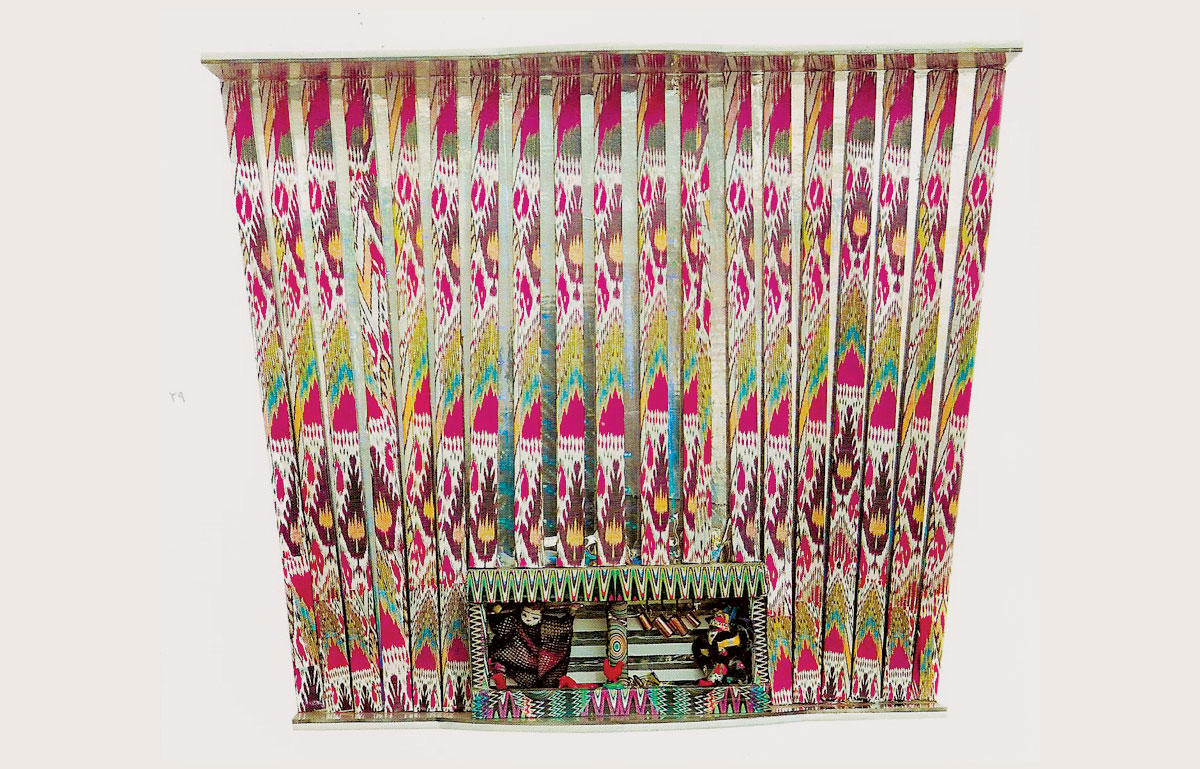
Dubai
Monir Shahroudy Farmanfarmaian
The Third Line
October 18–November 7, 2007
Veteran New York–based artist Monir Shahroudy Farmanfarmaian has her first show in Dubai courtesy of The Third Line. Besides a selection of her well-known large-scale mirror-and-glass tile works that reference motifs within Islamic architecture, the show includes Heartache, a series of miniature boxes, created from an elaborate yet compelling mix of mirrored tiles, textiles, and so on, and featuring installations of figures and animals. In addition, the gallery has commissioned the eighty-six-year-old artist to create a wall installation for the exhibition.
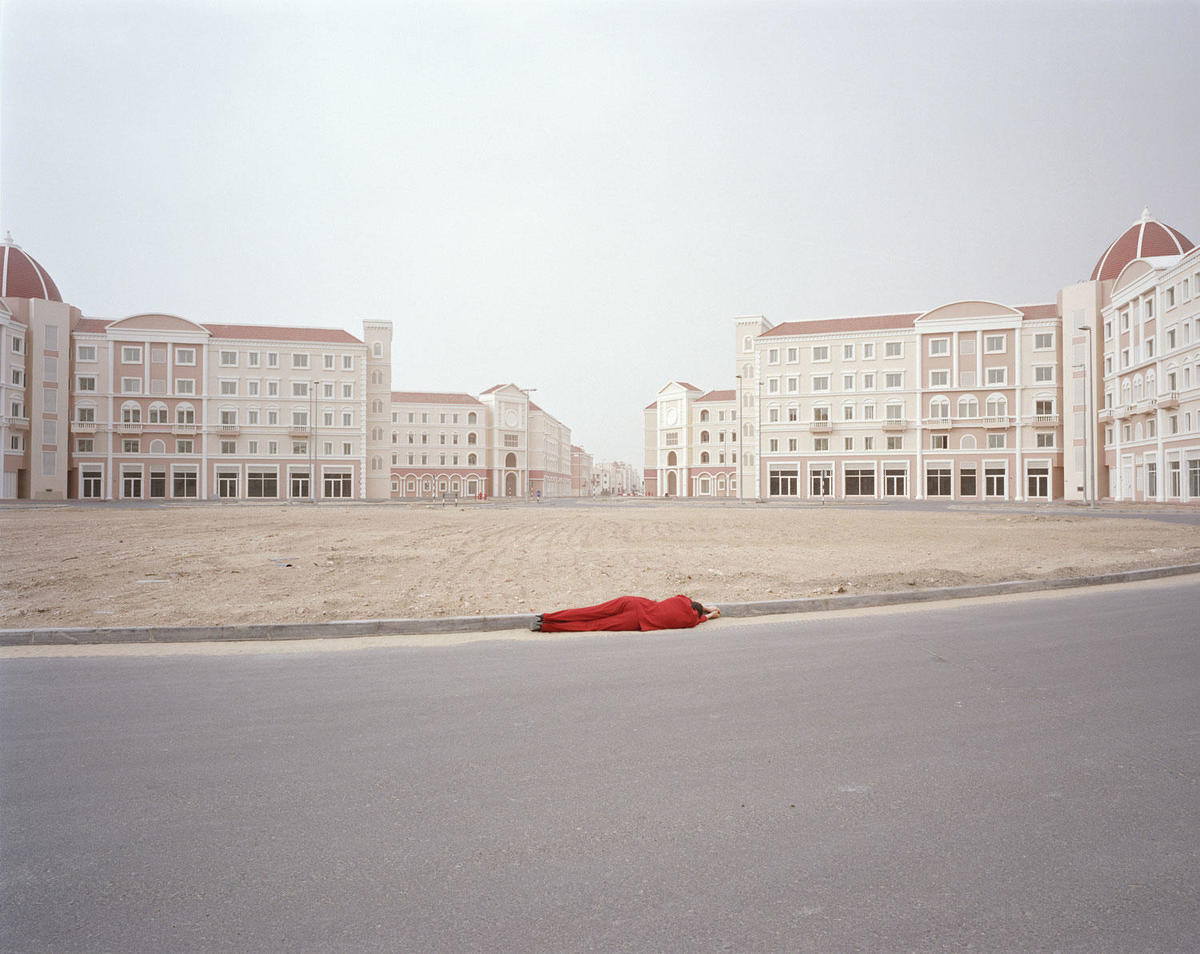
New York
Carey Young: Body Techniques
Paula Cooper Gallery
Late October onwards
Carey Young’s solo show in New York features documentation of performative actions that she staged in the UAE in late spring. Reworking classic performance works by artists including Mierle Laderman Ukeles, Richard Long, Bruce Nauman, Dennis Oppenheim, Valie Export, and Ulrich Ruckriem, Young positioned herself amid the urban works-in-progress (what she calls “ruins in reverse”) that make up building and industrial sites in Dubai and Sharjah. “My actions aim to relate the partially realized architecture to the idea of a partially realized corporate subject [the ‘becoming corporate’],” she says.
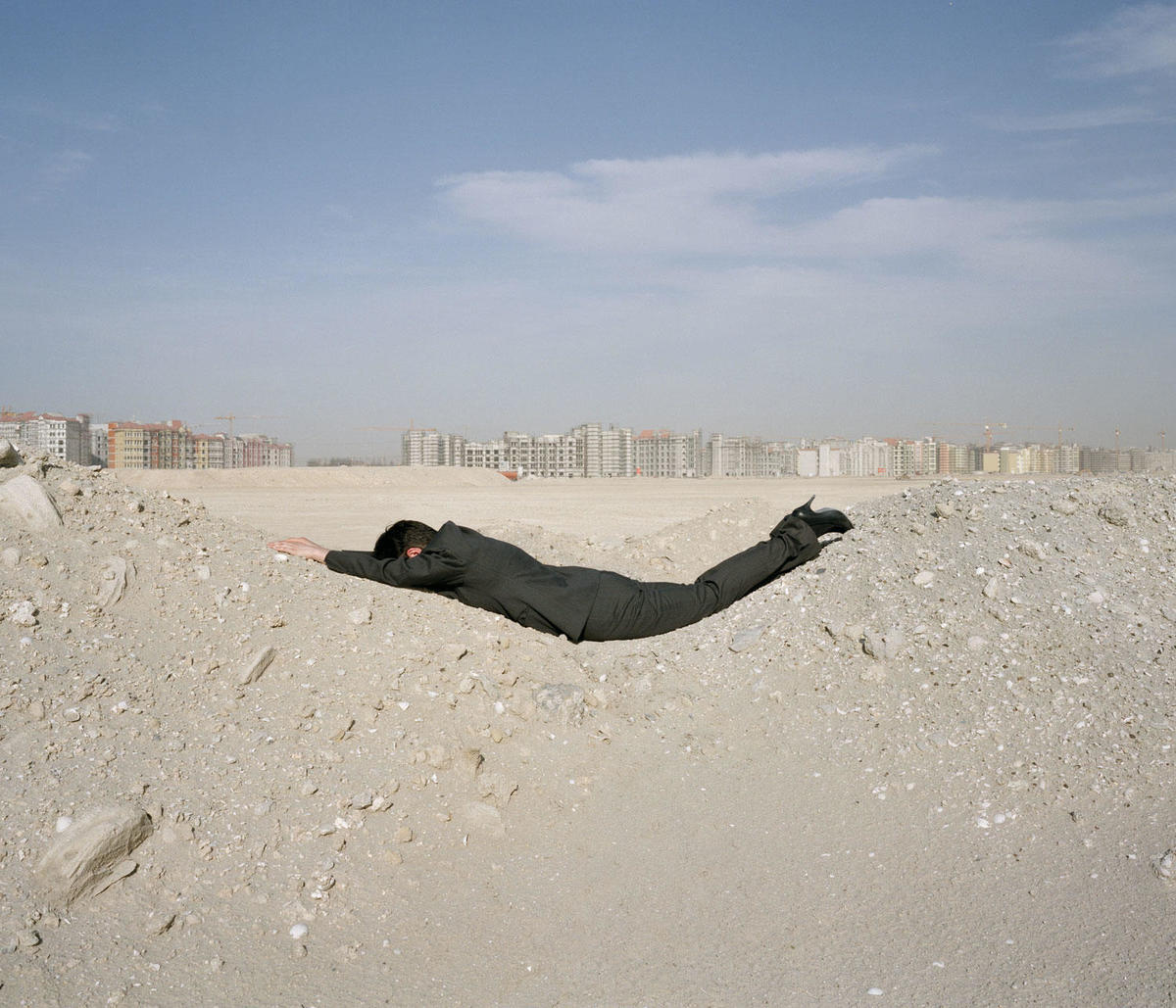
Commissioned by the Sharjah Biennial residency program, Young’s project is part of a body of work emerging from local and international artists concerned with the non-place/commercial utopia/anonymous virtuality of the Gulf landscape. Still, hers is typically complex and relates as much to art history and the place of the artist as to the post-post-modern city. The title of the exhibition refers to the concept of “body techniques” developed by Marcel Mauss, then renamed “habitus” by Pierre Bourdieu.
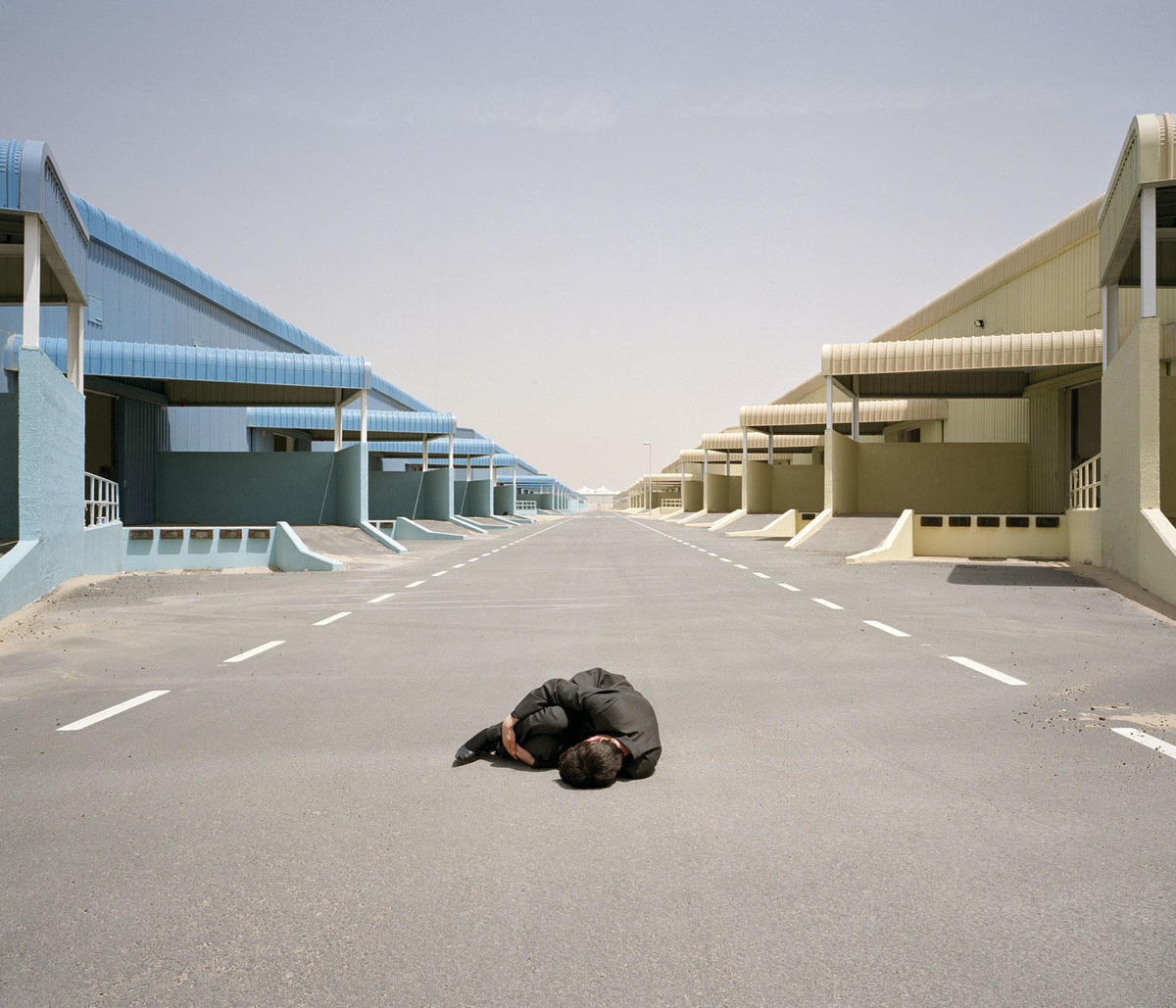
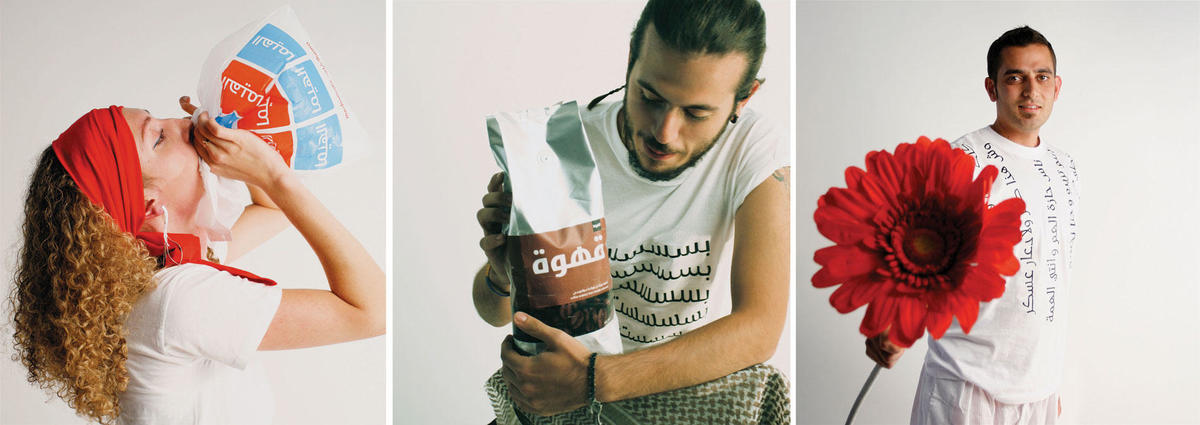
Amsterdam
Khatt Kufi Kaffiya: Symposium on Arabic Visual Culture
El Hema exhibition
Amsterdam Public
Library and Mediamatic Foundation
Through November 3
Over the past two years, a team of Arab and Dutch graphic designers has been developing a series of new, matching Arabic and Latin fonts. In the somewhat neglected area of Arabic graphic design, this — and the publication this autumn of Typographic Matchmaking, a book by Huda Smitshuijzen AbiFares documenting the process — is a major event.
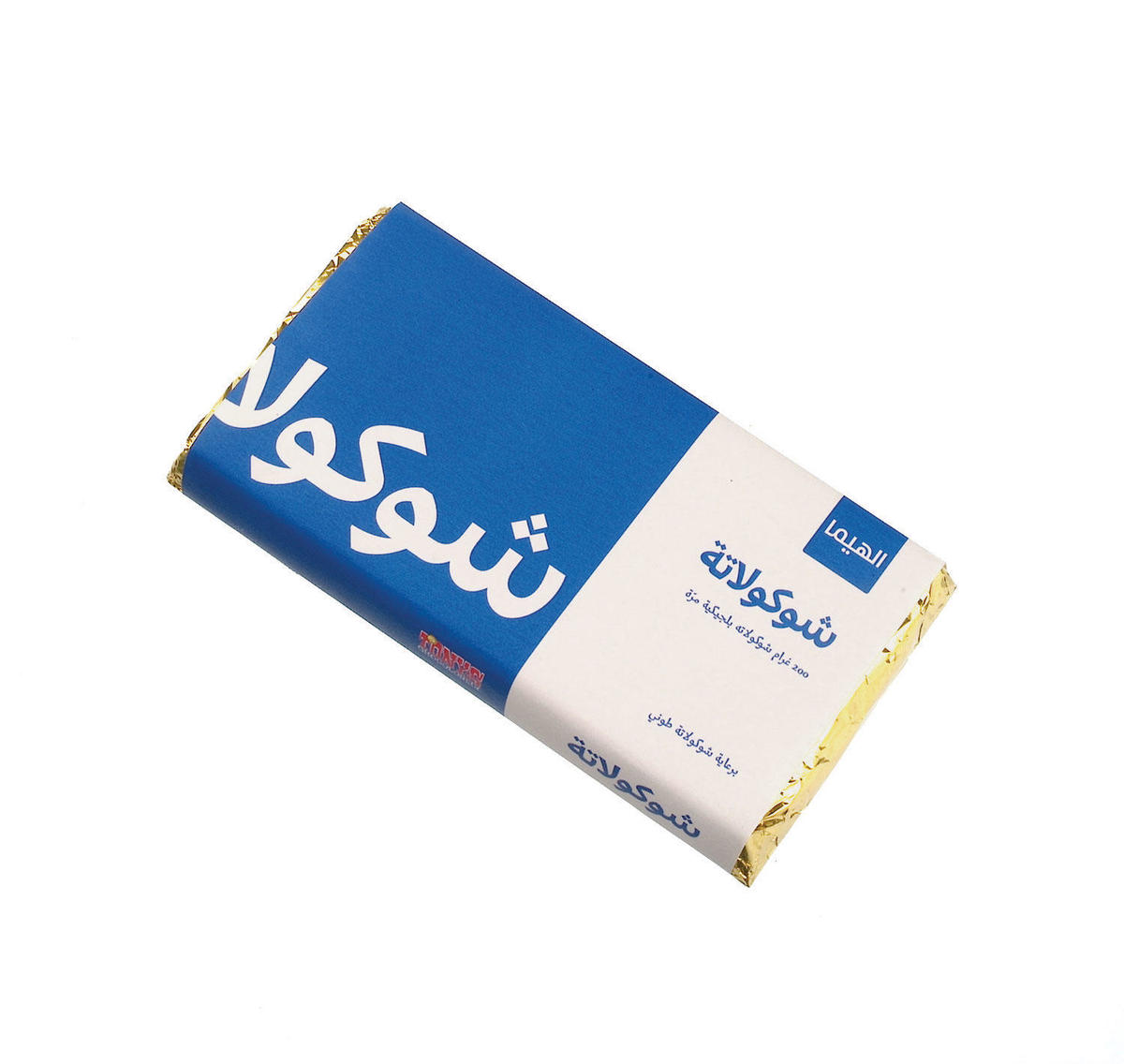
To mark the occasion, Amsterdam hosted a symposium in August on visual culture and graphic design, organized by the Khatt Foundation, and also launched a design exhibition, ‘El Hema,’ and accompanying product design competition. Contributors to the project include Zeina Maasri, on political posters; Malu Halasa, on the complexities of publishing, with Rana Salam, her forthcoming book, The Secret Life of Syrian Lingerie; and Brody Neuenschwander, British filmmaker Peter Greenaway’s calligrapher.
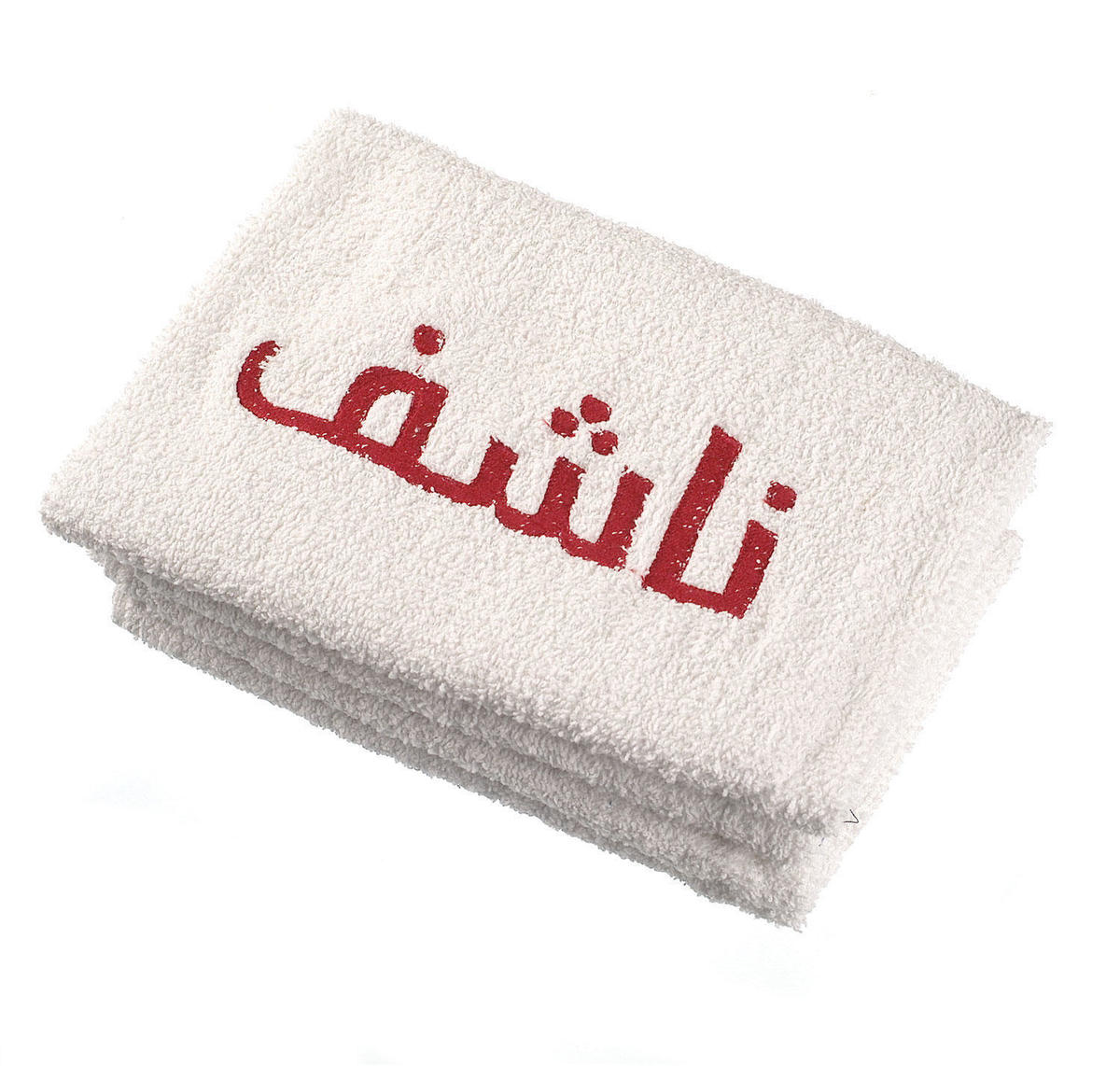
Exhibition organizers Mediamatic are attempting, for better or worse, to imagine a future Arab Netherlands: The title relates to Hema, a Dutch design shop that, say the organizers, is “the most public manifestation of Dutch culture, a living monument of practical colorful clearness with value for your money.” The company was predictably up in arms over the “confusion” that could be caused by Mediamatic’s proposed exploration of Dutchness and Arab-Dutch cultural exchange, and the exhibition title had, at the time of writing, yet to be resolved.
Palestine
Second Riwaq Biennale
Birzeit University and other venues
Symposium October 21–24 Exhibitions, projects 2007-8
The constant battle against biennial fatigue shifts into a new gear in Palestine in October with the staging of a year-long series of workshops, projects, and architectural interventions aimed at bringing together international and local practitioners and circumventing boundaries within Palestine. Directed by artist-curator Khalil Rabah, with Charles Esche heading up the curatorial team, this biennale begins with a series of craft and restoration projects involving contemporary artists working with Riwaq, Ramallah’s center for architectural conservation.
Rabah and Esche are planning a gathering of international and local artists, writers, and cultural actors before the October symposium begins, aimed at focusing discussion around ideas such as “restoration” and “constriction.” These tours and sessions are being held in conjunction with the International Academy of Arts in Palestine, which launched in September, and alongside projects staged by ArtSchool Palestine.
Featured speakers in the arts symposium, which takes Riwaq’s work and the metaphor of desired travel as its starting point, include Platform Garanti director and master-chairman Vasif Kortun, artist-curator Kodwo Eshun, Afghan artist Lida Abdul, and the UK’s Douglas Gordon. The architectural activities feature similarly smart thinkers: Coordinated by architect and writer Stefano Boeri, the discussions include interventions by American conceptual artist Jenny Holzer and sociologist Saskia Sassen and aim to create “one city” between Bethlehem, Jerusalem, and Ramallah.
Considering its locale, and the nature of biennials in general, the organizers have an unusually long-term view—their intention is to use the symposia to set in motion projects that will be realized through 2008 and beyond, to the third Riwaq Biennale in 2009.
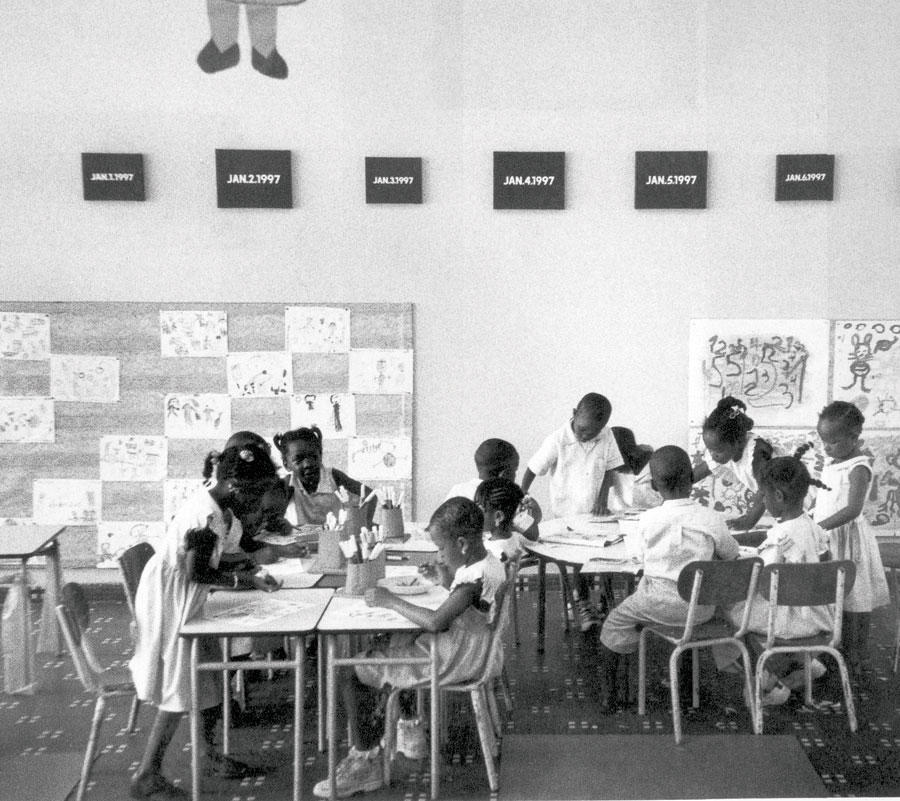
Bethlehem
On Kawara: Pure Consciousness
International Centre
October 23–30, 2007
Bethlehem is the latest stop of an ongoing tour of On Kawara’s Pure Consciousness date paintings. A series of stark canvases, painted on seven consecutive days at the beginning of 1997, the paintings have toured kindergartens and schools in Madagascar, Sydney, Bhutan, Abidjan, Istanbul, Shanghai, Reykjavik, and beyond. Curated by Jonathan Watkins of the Ikon Gallery, Birmingham, UK, the exhibition, deliberately presented in a non-art context, is organized by ArtSchool Palestine as part of a series of shows by international artists in Palestine.
“The simple statement of a date constitutes confirmation of the artist’s continued existence, touching on mortality without melodrama or sentimentality,” Watkins writes. The show’s title refers to the direct way in which young children interpret new experiences and phenomena; Kawara’s in-depth practice is in part an exploration of whether this novelty of experience is retrievable later in life.
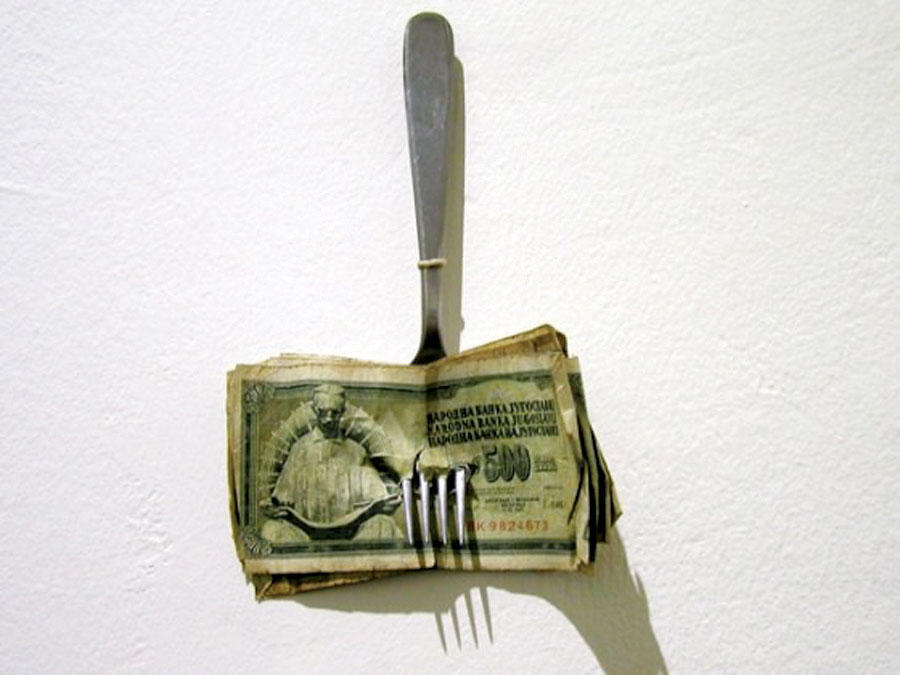
Istanbul
Mladen Stilinovic’: Subtracting of Zeroes
Platform Garanti
Contemporary Art Center
September 6–November 23, 2007
As part of its commitment to showcasing art from the Balkans, Platform follows the brouhaha of the Istanbul Biennial with a solo show by Zagreb-based conceptual artist Mladen Stilinović, a member of the Group of Six, a Croatian artists’ collective from the 1970s known for its polemical films and street performances. More recent work has explored the absorption of post-Socialist art into the international art market.
This exhibition at Platform includes recent installation and video work that focuses on the economy, referencing specifically Platform’s previous life as a bank. A selection of Stilinovic’s artist’s books, dating from the 1970s to today, is shown in the library space and is accompanied by a new publication that charts his practice in this area. The show tours to the Van Abbe Museum, Eindhoven, in early 2008.
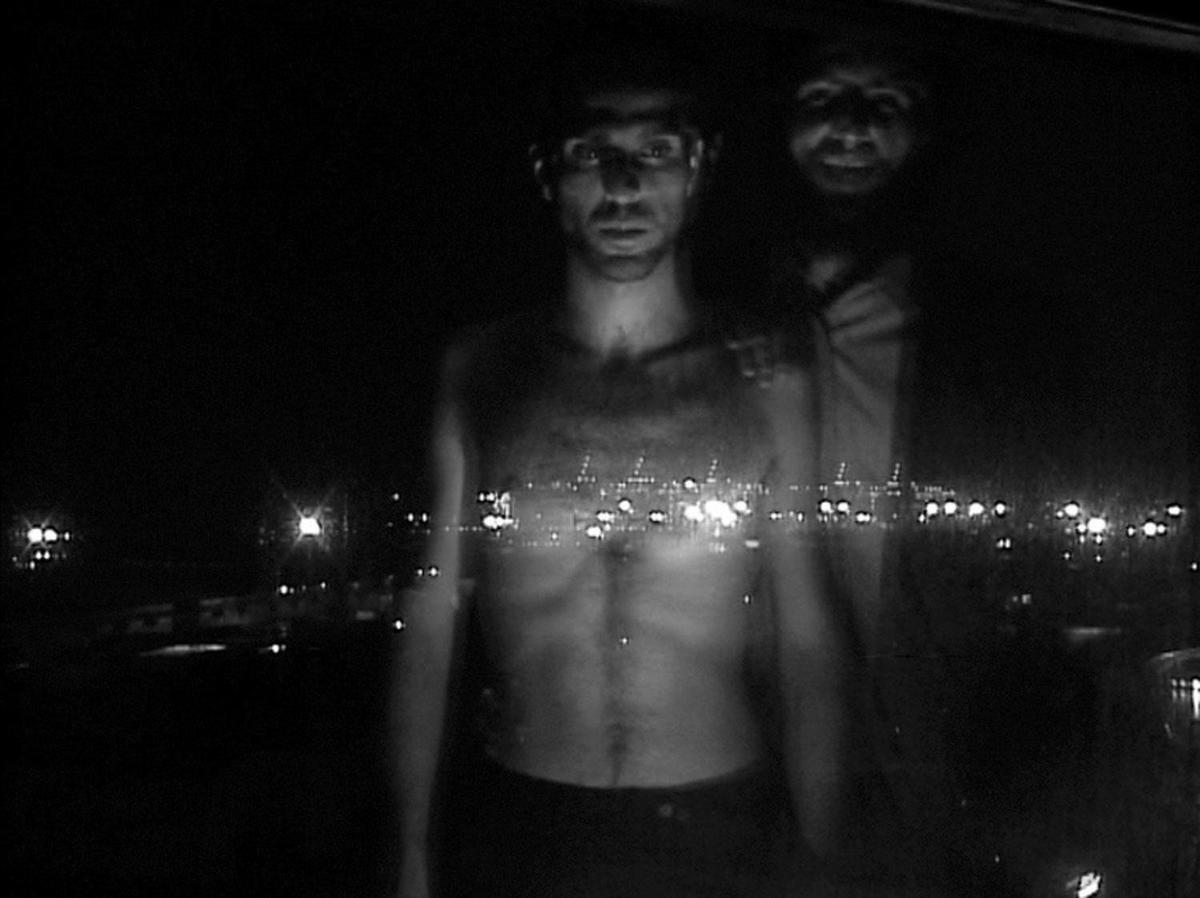
Amman, Damascus, Beirut, Ramallah, Alexandria, Cairo, El Minia, Tunis, Rabat
MP5 Meeting Points: A Festival of Contemporary Arts
November 1–30, 2007
November sees the launch of the long-awaited fifth edition of Meeting Points, a multidisciplinary contemporary arts festival held in nine cities in the Middle East and North Africa. In what promises to be a seminal breakthrough, this year’s Meeting Points comes amidst some major structural transitions. Formerly an annual event, whose past four editions had all been curated by the Young Arab Theater Fund’s Tarek Abu El Fotouh, Meeting Points will from now on be held biannually. Each future edition will be organized by a different team. This transitional moment is also marked by an inclusive curatorial policy: For the first time, participation is open to non-Arab artists.
At the helm for this round is Kunsten Festival founder and veteran director Frie Leysen, who brings many years of experience and a strong personal vision to a project that has often been lackluster and arbitrary. Assistant Curator Maha Maamoun, an artist and one of the team behind Cairo’s Contemporary Image Collective, brings through a highly collaborative process a series of projects focusing on structural concerns. MP5 also has invited a local curator from each of the nine cities to propose a project specific to their city and runs in tandem to the larger traveling show. On the local scale, Bassam El-Baroni, founder and co-director of the Alexandria Contemporary Art Forum, will install a corporate-style office for the dissemination of art to a wider audience, provoking radical questions about contemporary art and its invisible public.
A selection from MP5 will also be presented in the Hebbel Theater (Berlin) from November 21–December 2, 2007 and in the KVS Theatre (Brussels) January 10–20, 2008.
Participating artists include: Yto Barrada (Visual Arts), Nejib Belkadi (Film), Bruno Beltrao (Dance), Bikya (Music), Stefan Kaegi (Theatre), Anne Theresa De Keersmaeker (Dance), Aiham Dib (Visual Arts), Emily Jacir (Visual Arts), Kamilya Joubran (Music), Amal Kenawy (Performance), Salma & Soufian Ouissi (Dance), Rabih Mroue (performance/Theatre), Bouchra Ouizguen (Dance), Walid Raad (Performance), Khalil Rabah (Visual Arts), Mahmoud Refat (Music), Rami Sabbagh (Video), Roy Samaha (Video), Wael Shawky (Visual Arts), TG Stan (Theatre), Hiroaki Umeda (Dance), and many others.
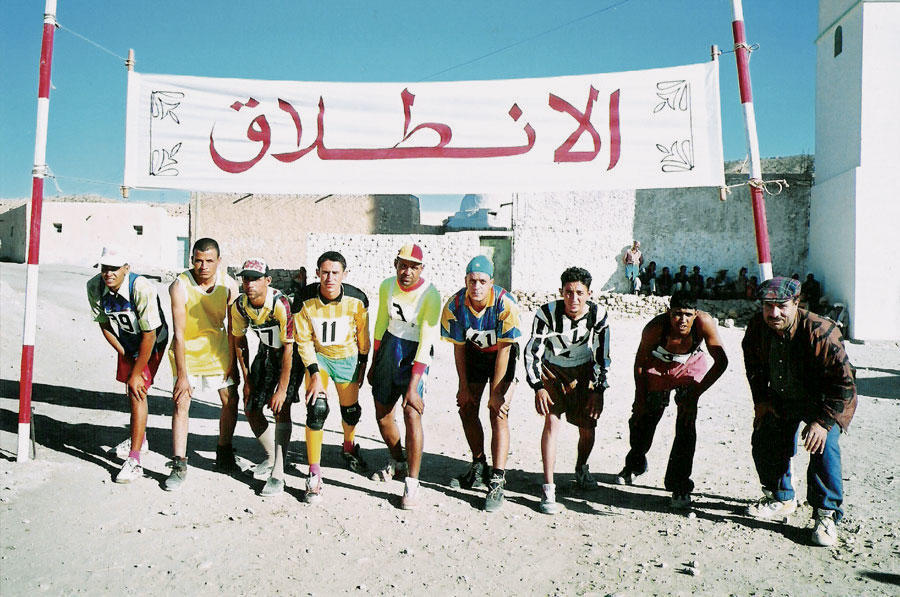
New York
CinemaEast
Film Festival 2007
November 8–15, 2007
CinemaEast’s fall program will include auteur, art house, and increasingly mainstream films showcasing the talents of Faouzi Bensaïdi, Moncef Dhouib, and Egyptian filmmaker Mohammad Khan, among others. A groundbreaking retrospective of Beur cinema, a burgeoning trend in French cinema reflecting upon the legacy of colonialism and the difficult issues of integration and assimilation among “immigrant” populations, will also be on show. Rounding out the diverse program are special presentations by the Iraqi Film School and the Arab Institute for Film. The CinemaEast Film Festival is a presentation of ArteEast and features collaborations with the Alliance Française, the Margaret Mead Film Festival, the American-Moroccan Institute, the American University in Cairo, and others.
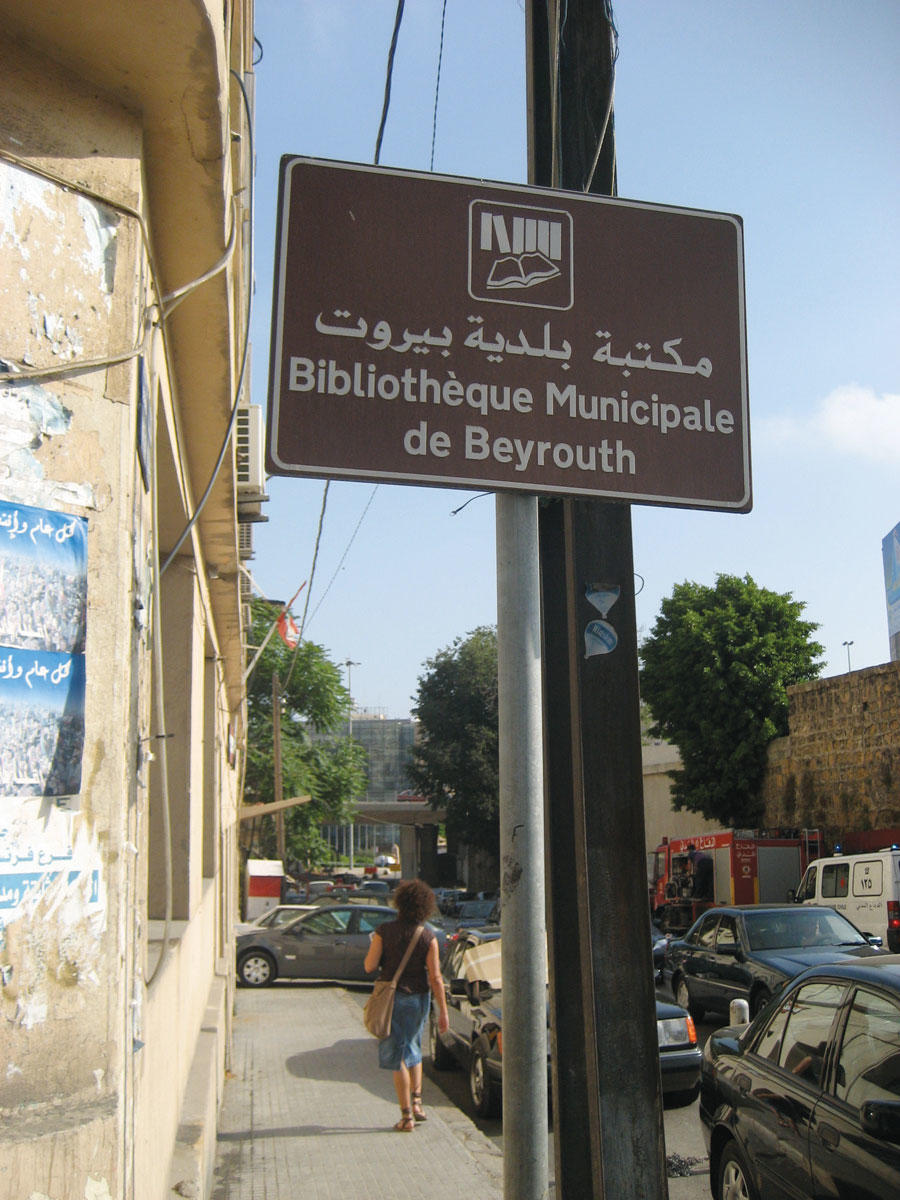
Beirut
Communities and Territories: Beirut
American University of Beirut, Haret Hreik Library, Beirut
November 17–22, 2007
Milan cultural organization aMAZElab/Museo di Arte Sociale e Territoriale, has collaborated with the Beirut <Office of the Heinrich Böll Foundation to launch an edition of its ongoing Communities and Territories project in Beirut, November 2007. A seminar and series of workshops will explore the “multi-faceted and unexpected ways in which public sphere may be exploited, documenting transformations, safeguarding the minimum levels of social interaction, and enacting artistic and cultural practices that interface with the city and its inhabitants.” Material produced in the AUB sessions will then tour to Bachoura (in the west of Beirut), Geitawi (east) and Haret Hreik (south) via Beirut’s mobile public libraries. The project, which aims to create a public archive of images, video, texts, drawings, and maps on “concepts of public and private space,” culminates with a presentation and public debate at the Haret Hreik Library. Panellists include writer/artist Bilal Khbeiz, architect George Arbid, architecture and graphic design professor Mona Harb, sociologist Giorgio Agamben, urbanist Stefano Boeri, and artist Vito Acconci. aMAZE aims to publish a book in spring 2008 based on the discussions.
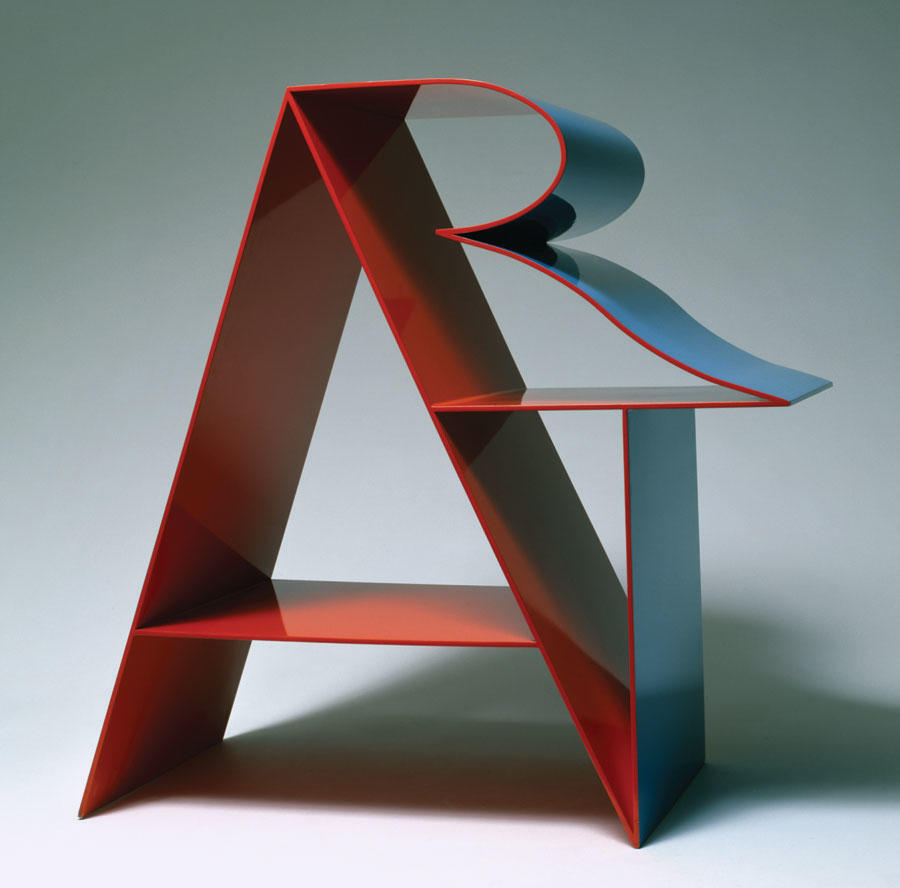
Abu Dhabi
Art Paris Abu Dhabi
Emirates Palace Hotel
November 26–29, 2007
Abu Dhabi has traditionally made do with its dusty Cultural Foundation and annual book fair, way behind both Sharjah, with its museums and commitment to contemporary art, and commercial Dubai, in the local league table of cultural enterprise. But the past two years have seen a plethora of announcements—from the planned outposts of the Louvre and Guggenheim, via the launch of the Middle East International Film Festival (October 14 – 19), to Abu Dhabi’s own version of the French modern and contemporary fair Art Paris.
The Abu Dhabi fair appears to be more conservative in approach than Dubai’s Gulf Art Fair (March 18 – 22, 2008), with the emphasis on modern (twentieth-century) art as well as contemporary practitioners. Besides a contingent of French galleries, regional dealers are well represented (Beirut’s Agial and Janine Rubeiz, Syria’s Ayyam, and Tehran’s Silk Road, alongside several Gulf-based galleries). Accompanying activities include ‘Sign and Calligraphy,’ an exhibition curated by Amal Traboulsi that includes such auctioneers’ favorites as Dia Al-Azzawi, Nja Mahdaoui, and Rachid Koraichi and a series of lectures organized by the Sorbonne Abu Dhabi.